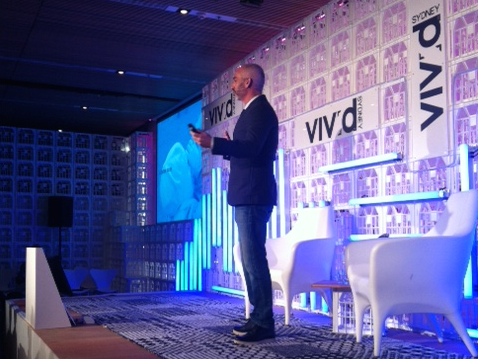“It’s important to keep the engineers under control as they don’t understand costs,” a tech industry commentator said to me last week.
That was an interesting view and one that’s at odds with the core role of engineers – engineering is applied science where the job description is to create something within the sponsor’s scope, time and cost requirements.
It’s rare that a project doesn’t have cost constraints and it’s a very junior engineer who won’t be aware of those and how expenses are tracking against forecasts during the assignment. It’s a core role of the job.
Engineers as financial naifs
How this view of engineers being financial naïfs has developed is interesting in itself; there’s three factors that drove that commentator’s view.
The first factor is the financiers and accountants have hijacked project planning and management – sort of like how marketers have overrun the social media sector – so it is in their interest to portray their professions as being the only people who can be trusted to watch the books.
Giving the power of managing projects to the financiers has tragic results for many projects; invariably the money men misunderstand the costs required to meet a project’s scope resulting in a substandard result or, paradoxically, the project running massively over budget.
IT industry failures
The IT industry’s behaviour is a second factor which in itself can be split into two; the startup community’s model and the ‘rob the client’ mentality of the major outsourcing companies.
One of the greatest business failures of the last thirty years has been IT outsourcing where enterprises have essentially written blank cheques to the global outsourcing firms to save computing costs.
Because most of those projects have been run by moneymen with little understanding – despite their hubris – of either the business’ needs or the role of information technology in the organisation the results have often been catastrophic for shareholder or taxpayers, although very good for the salespeople and managers of the global outsourcing companies.
Usually a good indicator of project doomed to failure is when a CEO or minister announces the scheme with the justification it will save an improbably large amount of money for the organisation; tears usually follow.
The startup community’s attitude to project management has also twisted the engineer’s role. While there are some ventures that keep a very canny eye upon costs and deliverables – these are often the successful ones – many of the high profile, big funded companies take the attitude that engineers should focus on code while costs are a concern for founders and financiers.
In that view, the software engineers don’t have to worry about costs – it is none of their business.
Finally there’s a cultural element and it’s notable that the commentator speaking to me was Australian.
Australian mediocrity
One of the traits of modern Australian management is the culture of mediocrity and unaccountability that has crept into the nation’s business leadership from the early 1990s onwards. Tolerance of over budget or failed projects has become the cultural norm.
Probably the best example of this was the deeply troubled National Broadband Network currently struggling to stay alive in the face of a restructured management, government hostility and community indifference. Both the previous and current management have shown themselves to be particularly unsuited to meeting the engineering and contractual challenges of the project.
Interestingly, the engineers get blamed for the management’s hapless inability to deliver the project on time, budget or within the project scope.
The perverse, and tragic, thing about the NBN is had managers listened to wise voices from the engineering and construction communities in the early days the scheme would have had a chance of succeeding despite the political incompetence and bastardry that surrounded it.
Squandered resources
As the western world and developed economies move into more constrained times squandering resources on poorly thought out or badly managed projects is becoming an unaffordable luxury.
Engineers need to make the case they are not just a bunch of technology obsessed geeks implementing unrealistic and uneconomic solutions. Getting projects built properly is too important to be left to the accountants.
Image from Seattle municipal archives image of Engineers planning a freeway through Flickr
Similar posts:




